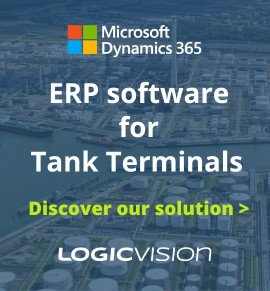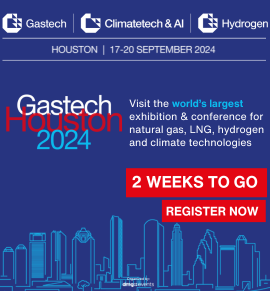December 19, 2023 [Offshore Energy]- Japanese shipping major Mitsui O.S.K. Lines (MOL) is expanding its fleet with five additional newbuilding LNG dual-fueled Capesize bulkers.
Namely, MOL revealed that two vessels will be ordered at compatriot Nihon Shipyard and built by Imabari Shipbuilding Co.
Furthermore, Chinese shipbuilding heavyweight CSSC Qingdao Beihai Shipbuilding Co will build the additional three. The vessels are slated for delivery from 2026 to 2027.
“Compared to conventional marine fuel oil, LNG is expected to reduce emissions of carbon dioxide (CO2) which is a greenhouse gas (GHG), by about 25%, sulfur oxide (SOx) by 100%, and nitrogen oxide (NOx) by about 85%. It also has a proven track record of being used as marine fuel,” MOL said.
With these five newbuilds, MOL will have a total of 13 LNG-fueled Capesize bulkers in its fleet. Among them, MOL has been operating one vessel since March 2023 and has supplied LNG fuel to it.
Specifically, in November MOL took delivery of LNG-powered coal carrier Reimei. The vessel, built by Namura Shipbuilding, is operated by MOL to transport coal from overseas to Kyuden’s coal-fired thermal power plants. The duo signed a long-term transport agreement back in 2019.
The MOL Group has set the target of achieving net zero greenhouse gas (GHG) emissions by 2050 in the “MOL Group Environmental Vision 2.2.”
LNG is at the center of MOL’s decarbonization strategy and the latest contract brings the company’s tally to 38 LNG-powered ships, including 32 ocean-going vessels, and 6 coastal ships.
The orderbook comprises 13 car carriers and four very large crude carriers. The LNG-powered fleet also includes one tugboat named Ishin, two LNG-powered ferries, and one coastal cargo vessel, which are already in service.
The group said that it wants to further expand the introduction of LNG-fuelled vessels as an initiative that can be taken immediately, and accelerate its efforts to reduce total GHG emissions. The aim is to have 90 LNG/methanol-fuelled vessels by 2030.
The company expects that ammonia and hydrogen as fuel will be widely available for its ships in 2035 and that it will be able to shift from LNG to synthetic methane by 2050.
Pro Trial: Access 12,600 Tank Terminal and Production Facilities
12,600 tank storage and production facilities as per the date of this article. Click on the button and register to get instant access to actionable tank storage industry data










